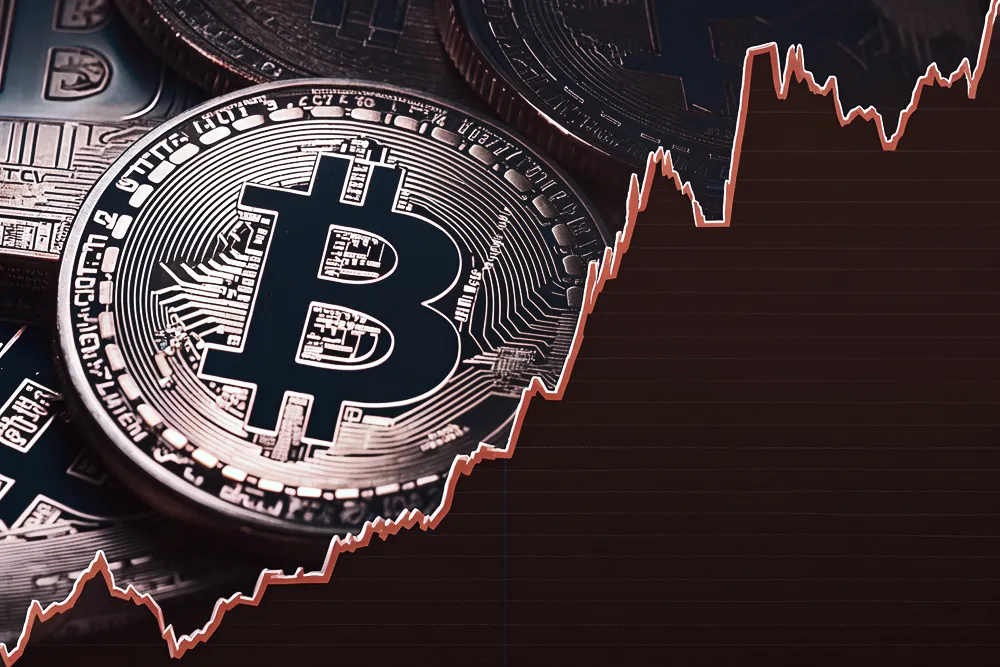Recently, Tether made a significant move.
Less than 24 hours ago (around 5:21 AM on June 3, 2025), it transferred 14,000 bitcoins from its own address, with a market value of nearly $1.5 billion. Such a level of operation is not a simple "reallocation," but rather a "whale-level action" that can shake market sentiment.
But will it really change the trend? Before we analyze, we need to clarify a concept:
What does "transferring out Bitcoin" really mean?
Many readers might react to "Tether transferred out 14,000 BTC" with:
"Is it going to crash the market? Are they selling?"
However, there is a common misconception here:
"Transferring out" ≠ "Selling"
On-chain data showing "transferring out" essentially means Tether moved Bitcoin from one wallet it controls to another address. This address could be:
- Cold wallet: to enhance security and reduce the risk of hacking.
- Market maker or custodian wallet: such as Bitfinex or Twenty One Capital, used for liquidity support or institutional coordination.
- Internal address allocation: optimizing asset allocation or responding to the tightening of global regulations in 2025.
To draw an analogy: if you transfer money from your savings account to Alipay, it doesn't mean you're about to spend it all, right? Tether is the same; the transfer is just a means, the intent is key.
Why is the market still tense?
Although we cannot directly determine "selling," market participants do not wait for results to react. In a market environment with high information asymmetry, the actions of large funds often trigger short-term emotional expectations. Especially for a player as large as Tether, its asset movements are often seen as "system-level liquidity signals." Even if it’s just a cold wallet migration, it could trigger market fluctuations in advance.

Posts on platform X regarding "Tether BTC transfer" show polarized sentiment: about 40% of users express FOMO, believing the transfer may indicate institutional positioning; about 30% of users question Tether's reserve transparency, fearing that "secret operations" could lead to USDT decoupling risks. From our AICoin platform's word cloud analysis, investor sentiment regarding this "Tether transfer + BTC" event also shows polarization.
What should we really focus on?
It's not about whether it has "sold," but rather: the world's largest liquidity provider is readjusting its Bitcoin position. This is the root cause of the market's tense sentiment.
We don't need to know exactly what it is doing, but we must realize:
- Its actions may influence the short-term direction of capital flow;
- Its behavior will be over-interpreted by the market and trigger anticipatory reactions.
Technical charts and OBV: The first wave of market feedback after Tether's transfer
Although Tether's large transfer is merely a reallocation between addresses, the market won't wait for you to explain the on-chain structure before making decisions. Emotions often move faster than logic. So let's zoom in and look at the minute-level reaction of Bitcoin after Tether's transfer on June 3.
① High volume pullback: sentiment shifts from impulsive to cautious

From the chart, we can see that Bitcoin quickly surged to a high point of 106,470 that morning, but soon struggled to maintain its high and then showed a clear pullback. This "surge—consolidation—pullback" structure, driven by events, often indicates:
- Market sentiment attempts to break through but lacks sustained follow-up buying;
- Bullish confidence begins to wane, and short-term funds choose to exit.
Especially when the price surges on news but fails to stabilize with volume, it often signals insufficient active buying and the emergence of passive selling pressure.
② OBV declines in sync: not "washing out," but real selling pressure
At this point, the OBV indicator provided a key auxiliary signal: during the price consolidation, OBV failed to continue rising, and when the price pulled back, OBV also quickly declined, breaking below the short-term MA (moving average).
This indicates that the market is not "washing out" (testing sentiment), but rather that funds are genuinely flowing out.

Indeed, from a daily perspective, the market is currently just experiencing a small pullback. But in the moment of an event, a minute's emotional reaction is the market's most genuine instinctive response.
- For short-term traders: it may be an opportunity for a short position or quick exit;
- For medium-term investors: the current pullback is limited (1-2%), not a trend reversal signal, but can serve as a window to observe market responsiveness. One should be wary of the main force using the Tether event as a "false positive" for real selling.
This is not the first time Tether has transferred, and it won't be the last.
But this time, we see the market's fear of "expectation" itself: it is not the fear that Tether will actually sell, but the fear of "not knowing whether it will sell." So don't just focus on the price; observing sentiment and structure is key to understanding the market.
免责声明:本文章仅代表作者个人观点,不代表本平台的立场和观点。本文章仅供信息分享,不构成对任何人的任何投资建议。用户与作者之间的任何争议,与本平台无关。如网页中刊载的文章或图片涉及侵权,请提供相关的权利证明和身份证明发送邮件到support@aicoin.com,本平台相关工作人员将会进行核查。




